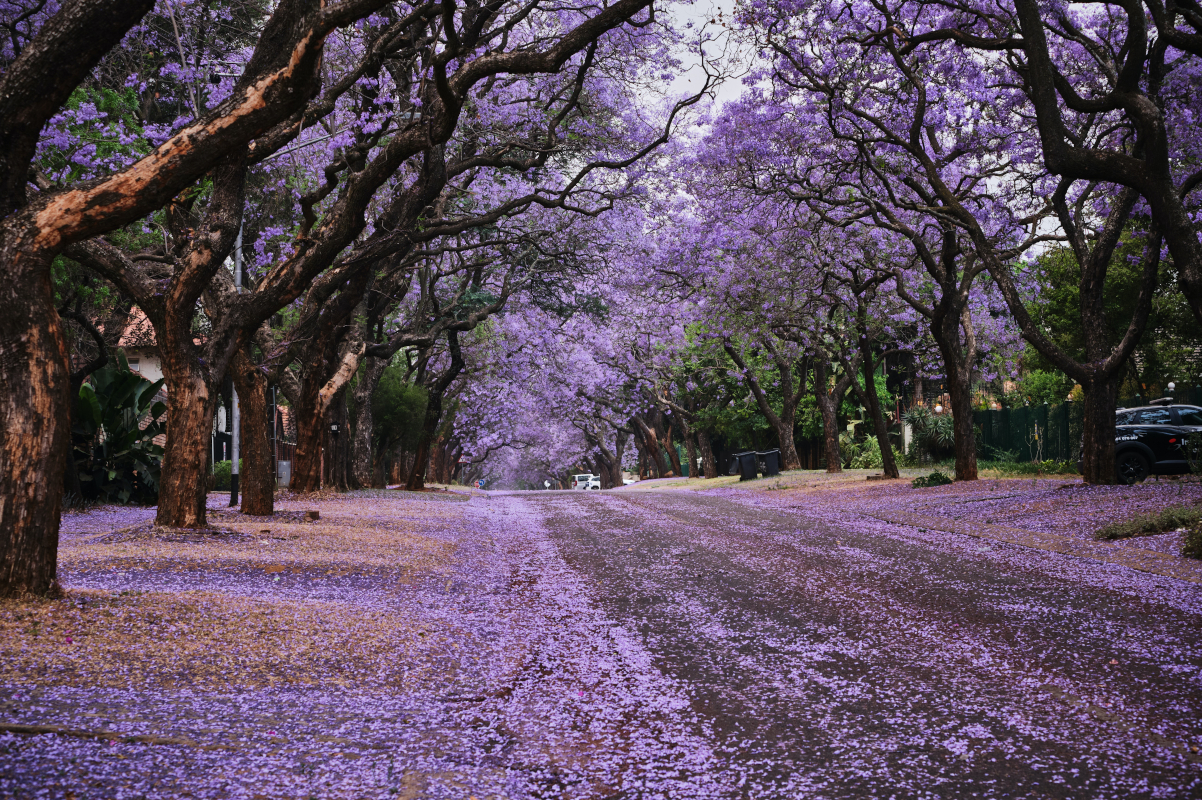Flowering trees in USDA Growing Zone 10 bring remarkable beauty to landscapes with their vibrant colors and delicate floral fragrances. They not only enhance the visual appeal of an area but also serve multiple purposes beyond aesthetics. These trees attract beneficial insects and pollinators, fostering a thriving ecosystem. Additionally, some flowering trees offer unique properties, such as being edible, used for fodder, or attracting birds.


For example, the Apple tree (Malus domestica) is a versatile flowering tree that provides both aesthetic and edible value. Its beautiful blossoms create a stunning display in spring, smell amazing and also produce tasty and healthy fruits that can be eaten fresh or cooked in various dishes or freeze-dried and properly sealed as a snack that can last up to 25 years like most of these flowering fruit trees. The Apple tree is a great choice for a flowering tree that offers both visual appeal and culinary benefits, while also supplying food for wildlife.
By selecting flowering trees with diverse properties, you can create a landscape that not only showcases their stunning visual appeal but also provides additional benefits such as edible fruit or forage for animals, attracting birds, wood can be used to make things or burn for heat, and contributing to a flourishing ecosystem.


This growing and comprehensive list showcases a variety of flowering tree varieties specifically suited for our growing zone. Without further ado, here are some flowering tree varieties suitable for USDA Hardiness Zone 10.
Zone 10 Flowering Tree Varieties
| Plant | Flower Description | Other Helpful Qualities |
|---|---|---|
| African Tulip | Red | |
| Geiger | Red | |
| Pomegranate | Red | Edible Fruit |
| Red Silk Cotton | Red | |
| Royal Poinciana | Red | |
| Flame of the Forest | Orange | |
| Jamaican Rain | Orange | |
| Orange Champaca | Orange | |
| Orange Tea Olive | Orange | |
| Acacia | Yellow | Nitrogen Fixer |
| Mesquite | Yellow | Nitrogen Fixer, Edible |
| Palo Verde | Yellow | Nitrogen Fixer, Edible |
| Tipu | Yellow | Nitrogen Fixer |
| Vera Wood | Yellow | |
| Desert Willow | Pink | |
| Hong Kong Orchid | Pink | Nitrogen Fixer |
| Pink Silk Floss | Pink | |
| Jacaranda | Purple | |
| Texas Mountain Laurel | Purple | |
| Moringa | White | Edible Leaves, Flowers, & Pods |
| Citrus | White | Edible |
| Pears | White | Edible |
| Apples | White, Pink | Edible |
| Crape Myrtle | White, Pink, Red | |
| Magnolia | White, Pink | Some Varieties are Edible |
Flowering Trees FAQs
The ideal time to prune flowering trees is typically immediately after they finish flowering. This ensures that you don’t inadvertently remove any flower buds for the following season. However, for most flowering trees, late winter or early spring before new growth begins is also an acceptable time for pruning. This timing allows for shaping the tree and removing any dead or damaged branches before the new growth emerges.
Crape Myrtle is a flowering tree that is generally considered safe for dogs. It produces vibrant and long-lasting blooms in various colors, adding beauty to landscapes. The tree’s flowers are non-toxic to dogs, so if they come into contact with or chew on the flowers, it should not cause any harm. However, it’s still essential to monitor your dog’s interactions with the tree and prevent excessive ingestion of any plant material. Some dogs may have sensitivities or allergies to certain plants, so it’s best to observe your pet and consult a veterinarian if you have any concerns.

Leave a Reply